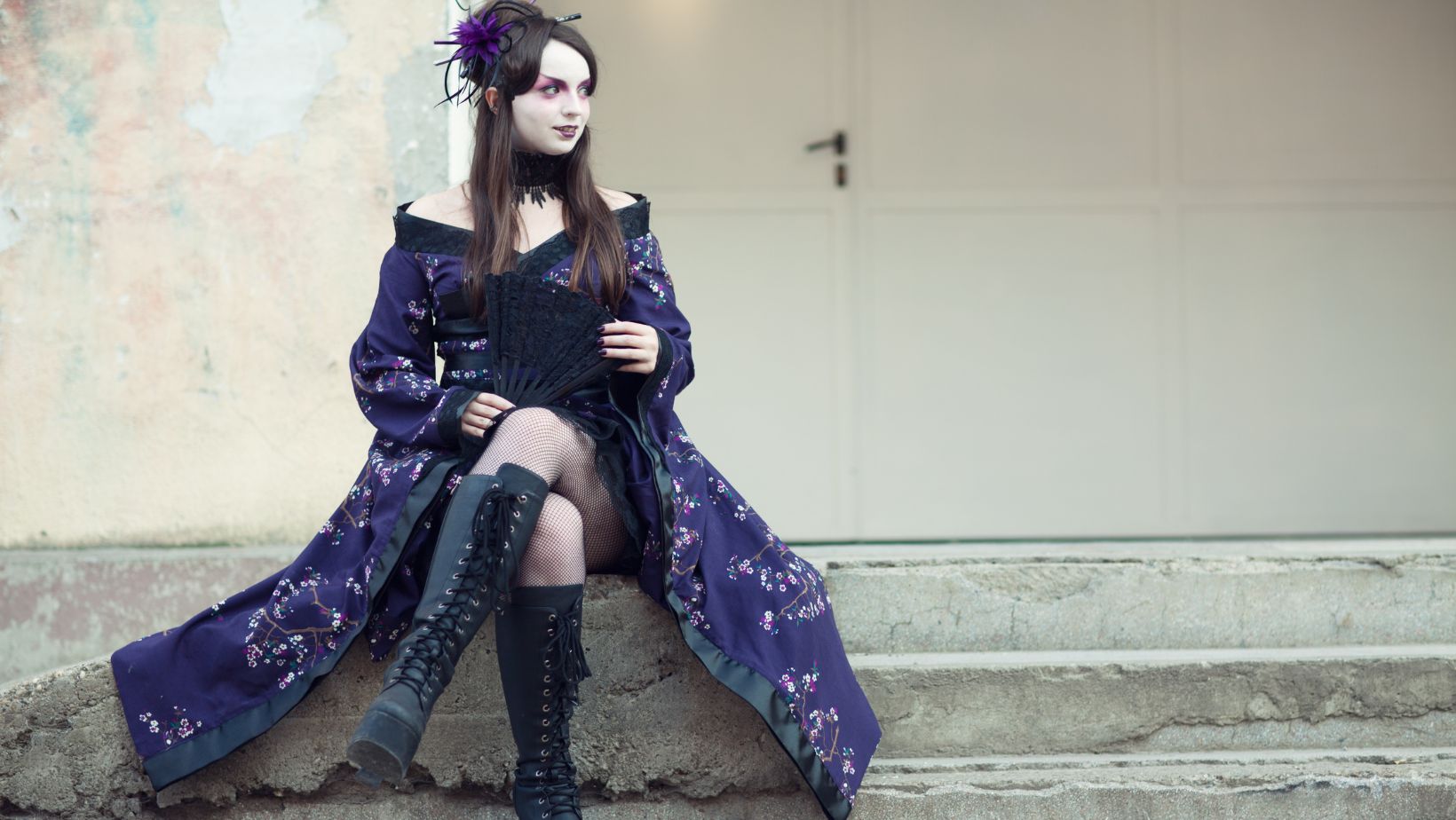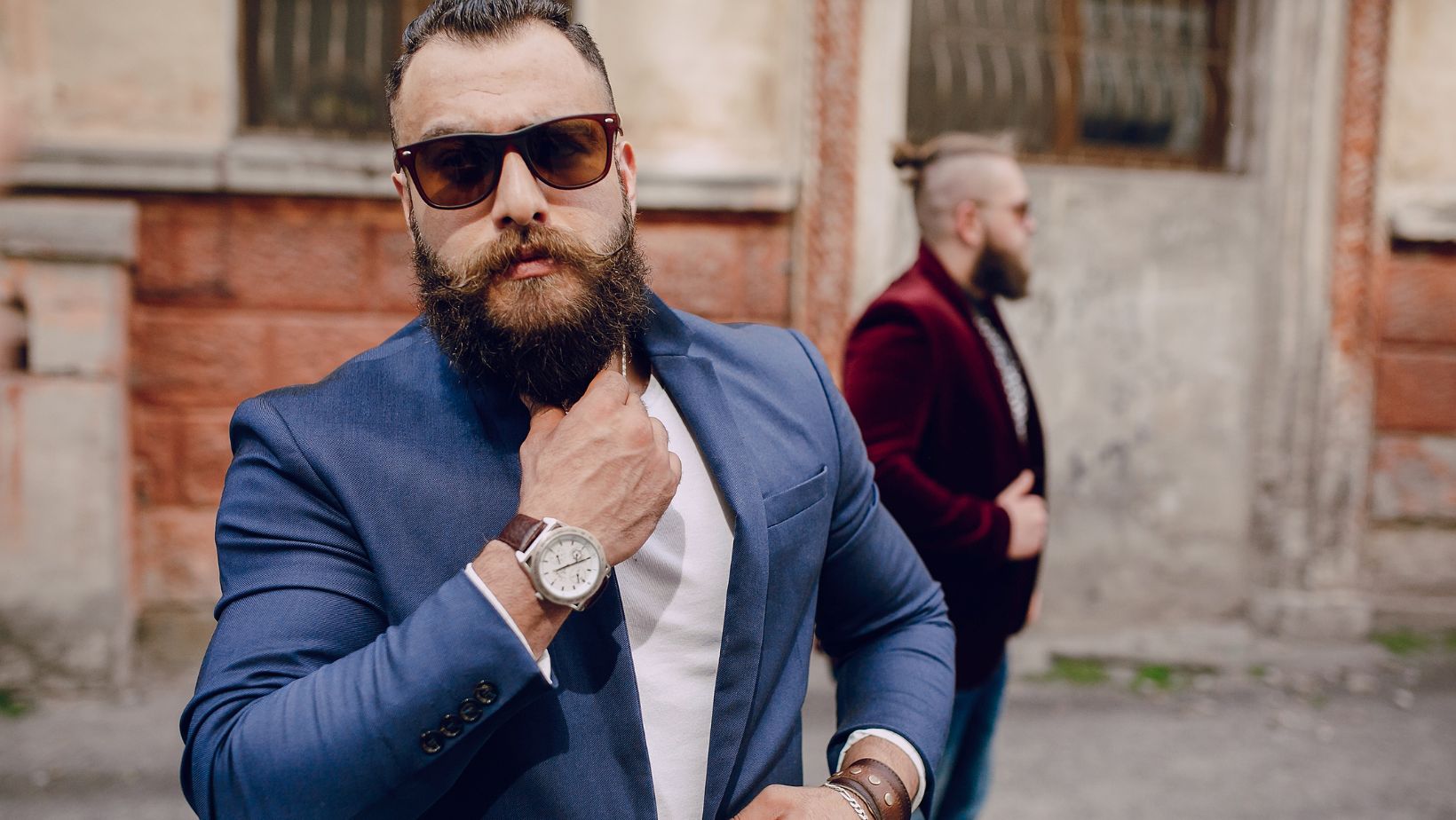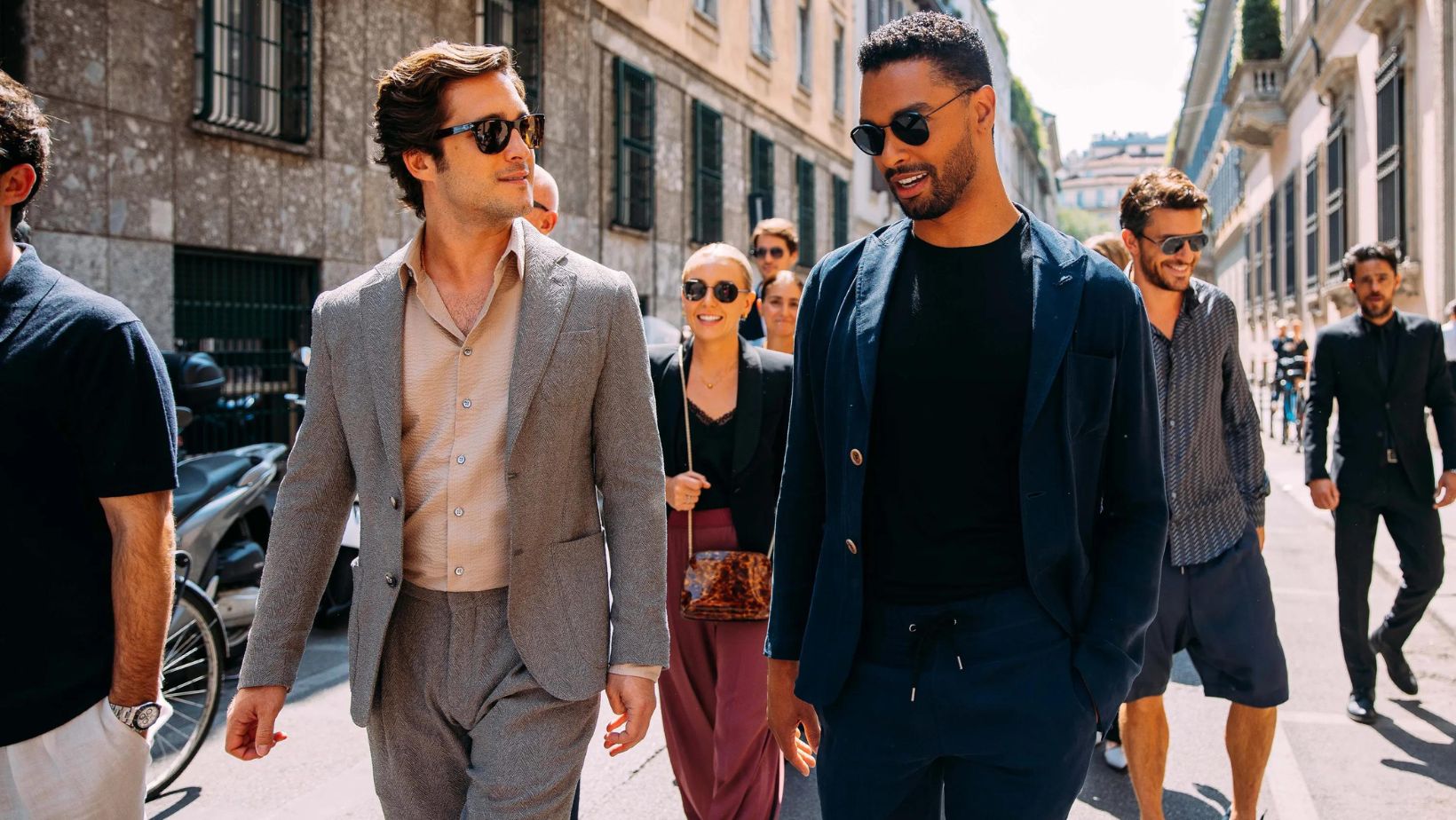Step into the dark and mysterious world of gothic style fashion. Embracing a unique blend of elegance and edginess, this fashion trend has captivated individuals seeking to make a bold statement. From dramatic black attire to intricate lace details, gothic fashion exudes a sense of rebellion and sophistication.
Influenced by Gothic architecture and literature, this style has evolved into a powerful form of self-expression. Whether it’s the iconic black lipstick, Victorian-inspired corsets, or leather accessories, gothic fashion allows individuals to embrace their inner darkness with confidence.
Gothic Style Fashion
Origins and Evolution
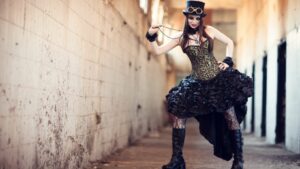 Gothic style fashion traces its roots back to the Victorian era and the punk subculture of the 1970s. It emerged as a rebellious response to mainstream fashion, embracing dark and dramatic aesthetics. Over the years, gothic fashion has evolved, incorporating elements from various subcultures and historical periods. It continues to adapt and reinvent itself while staying true to its dark and mysterious allure.
Gothic style fashion traces its roots back to the Victorian era and the punk subculture of the 1970s. It emerged as a rebellious response to mainstream fashion, embracing dark and dramatic aesthetics. Over the years, gothic fashion has evolved, incorporating elements from various subcultures and historical periods. It continues to adapt and reinvent itself while staying true to its dark and mysterious allure.
Key Features and Aesthetics
Key features of gothic style fashion include the use of black as the predominant color, symbolizing mystery and sophistication. Intricate lace, velvet, and leather are commonly used fabrics, adding texture and depth to outfits. Iconic accessories such as Victorian-inspired chokers, corsets, and platform boots are essential to achieving the gothic look. Makeup plays a crucial role, with black lipstick, pale foundation, and dramatic eye makeup defining the aesthetic.
Iconic Elements of Gothic Fashion
Clothing Styles
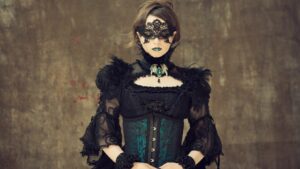 Gothic fashion is characterized by its dark, dramatic, and often elegant clothing styles. The iconic elements of gothic fashion in clothing include:
Gothic fashion is characterized by its dark, dramatic, and often elegant clothing styles. The iconic elements of gothic fashion in clothing include:
- Dramatic Black Attire: Black is the predominant color in gothic fashion, symbolizing mystery and gothic style’s essence.
- Intricate Lace Details: Lace is commonly used to add a touch of delicacy and intricacy to gothic garments, contrasting with the overall dark aesthetic.
- Victorian-inspired Corsets: Corsets are a staple in gothic fashion, reminiscent of Victorian-era clothing and adding structure to outfits while emphasizing the waist.
- Luxurious Fabrics: Fabrics like velvet and leather are frequently used in gothic fashion, adding texture and depth to outfits.
- Victorian-inspired Chokers: Chokers are popular accessories in gothic fashion, often embellished with intricate details or featuring symbolic charms.
- Leather Accessories: Belts, gloves, and bags made from leather are common accessories that complement the edgy and dark aesthetic of gothic fashion.
- Statement Jewelry: Bold, ornate jewelry such as silver crosses, skull motifs, and gemstone rings are prevalent in gothic fashion, adding a touch of mystique.
- Footwear: Gothic footwear ranges from platform boots to Victorian-inspired lace-up heels, all designed to enhance the overall gothic style with a hint of extravagance.
Influence of Gothic Fashion in Popular Culture
Building on its rich history and captivating aesthetics, gothic fashion has left an indelible mark on popular culture, permeating various forms of media and entertainment. This influence can be observed in music, film, television, and other facets of contemporary culture.
Music and Subcultures
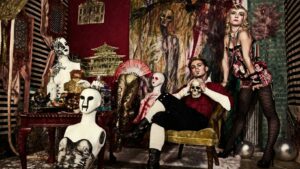 Gothic fashion has played a pivotal role in shaping music genres and subcultures, embodying a dark and mysterious allure that resonates with musicians and fans alike. Bands and artists across genres like gothic rock, industrial, and darkwave have embraced the visual elements of gothic fashion, incorporating black attire, Victorian-inspired accessories, and dramatic makeup into their stage personas. The subversive nature of gothic fashion has become synonymous with rebellion and non-conformity in the music industry, with iconic figures like Siouxsie Sioux and Robert Smith epitomizing the gothic aesthetic.
Gothic fashion has played a pivotal role in shaping music genres and subcultures, embodying a dark and mysterious allure that resonates with musicians and fans alike. Bands and artists across genres like gothic rock, industrial, and darkwave have embraced the visual elements of gothic fashion, incorporating black attire, Victorian-inspired accessories, and dramatic makeup into their stage personas. The subversive nature of gothic fashion has become synonymous with rebellion and non-conformity in the music industry, with iconic figures like Siouxsie Sioux and Robert Smith epitomizing the gothic aesthetic.
Film and Television
In the realm of film and television, gothic fashion has been a recurring theme in various genres, from horror to fantasy, lending a sense of mystique and sophistication to on-screen characters. Films like “The Crow” and “Interview with the Vampire” have showcased the dark elegance of gothic fashion, with protagonists adorned in intricately designed outfits that capture the essence of the subculture. Television series such as “American Horror Story” and “Penny Dreadful” have also embraced gothic fashion, using it to underscore themes of darkness, romance, and decadence in their visual storytelling. The enduring appeal of gothic fashion in film and television continues to influence costume design and character development, adding depth and nuance to storytelling through sartorial expression.

